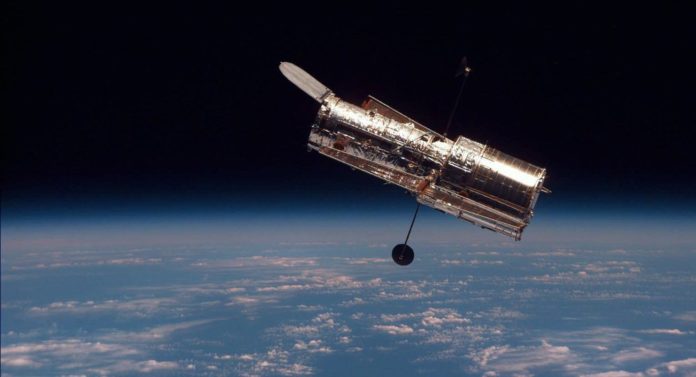The Hubble Telescope has been in space since 1990. It has throughout its lifetime captured some amazing space phenomena. It has also helped in answering some unanswered questions of Astronomy as well brought forward some new ones. The Hubble captured a rare moment, when it captured a death of a star.
The Hubble Telescope has been in space since 1990. It has photographed some major things like Shoemaker-levy 9 comet’s impact sites on Jupiter, proving presence of extra-solar planets, etc.
Hubble has been repaired 4 times by astronauts and is the only telescope to be repaired by astronauts. It is likely to remain in service till 2030-2040. But its successor James Webb Space Telescope is set to launch n 2018.
The star in question is the Calabash Nebula. It is known as the Rotten Egg Nebula because it contains a lot of Sulphur.
The nebula is a proto-planetary nebula. Proto-planetary Nebula is a phase in a Star’s evolution. Calabash Nebula is 1.4 million light years long and is located 5000 light years away. That is exactly 47,303,652,362,904,000 Kilometers away!
The Nebula resides in the Puppis Constellation which is popularly known as the Poop Deck. The Puppis was originally part of the Ship of Jason constellation. Puppis is one of the 88 recognized constellations.

The above photo was taken by the Hubble two days ago. Above photo shows the star undergoing transformation. Yellow gas seen is rejected material being ejected at high speeds. Material is being ejected at speeds of 1 million kilometers per hour that is approximately 9,99,999.691 km.
The event is very hard to capture and now over a few hundred years the nebula will transform in to a Planetary nebula.
Photograph of the transformation is of great scientific use and will help astronomers understand the transformation better and reveal a few more hidden secrets of the Universe.
























